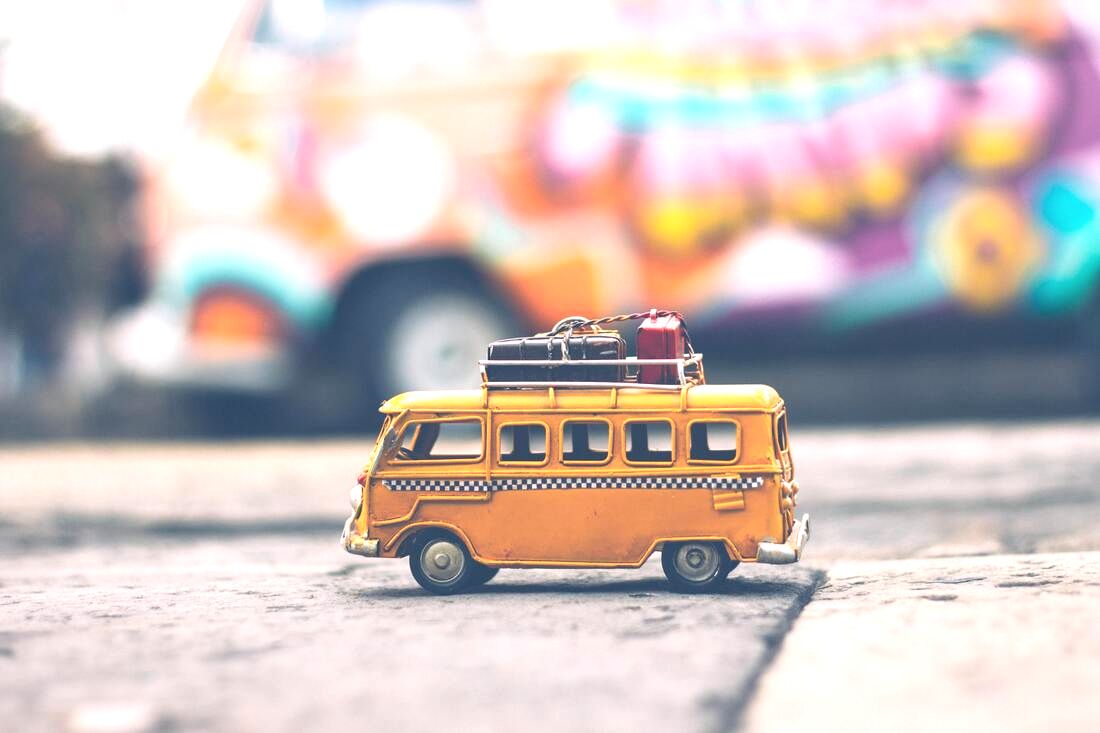|
I’ve played everywhere, man. I’ve played everywhere.
Ok - if that doesn’t want to make you bust out in song and channel your inner Johnny Cash, well maybe you should have a listen HERE as a lil pick me up for your day! But in all seriousness everywhere might be a bit of an overstatement, but not by much. If you have ever done school based therapy you are very used to having office space that is significantly below the ideal playroom according to Garry Landreth. Across my career I have played in small offices where there was barely any room to do a jumping jack (let alone a full on sword fight), giant conference rooms with larger than life tables, offices that were not my own (with very adult and very breakable objects), offices with a separate playroom, offices with the playroom inside the office, and offices where my “playroom” was a rolling suitcase. And all of that makes you get…well…creative! I learned as I went what the best possible ways to set up a playroom in a temporary space. I talk HERE about the 5 things you need for your Portable Playroom space! And over the years I have felt so validated by Gary Landreth in this book HERE as well as Terry Kottman and Kristen Meany-Walen HERE. In Landreth’s text The Art of The Relationship he has a separate area for his “must have” toys for a portable playroom AND Terry Kottman discusses how during her school based work had to make a hallway work for Play Therapy sessions. So, there you have it! It’s expert approved that you can, in fact, play anywhere. I wanted to dive into my top 5 tips for how to make a temporary space work best for Play Therapy, especially Child Centered Play Therapy. 1. Intentional Packing and Transporting My first tip starts at the very beginning. However you are transporting your Playroom make sure you are able to carry it where you need it to go and neatly pack it up when it is time to leave. There is literally nothing worse than opening your play kit or portable playroom and everything being mixed up and you have no idea where to find things. I have tried many things over the years but my favorite, least expensive, and easiest larger container was a rolling suitcase. However, this was not the best option for my basement office where the building had no elevator downstairs. Inside of the larger storage tote, bag, or container it can be SUPER helpful to have separate containers to hold all the categories of toys or groups of like toys. I have used smaller structured totes (for miniatures or the sand tray) and have used Zip Lock plastic bags as well. Also, identify what are your “must haves” for your population, making sure you are including each category of toy. Assess how to make your portable playroom the leanest it can be, while still offering variety and all the things a child may need to express themselves. 2. Create Consistency One of the great things about a traditional Playroom is that everything has a place so the child knows what to expect and where they can find different items, toys, or materials. When you are doing portable play therapy in a temporary space it is important to have extra time before sessions start for the setup. This means however you are placing or displaying the toys that they need to be in as similar arrangement and setup as possible each session. It can help to take a picture of how the toys are setup so you don’t have to remember all the details each time. 3. Easily Accessible The next tip is another standard practice of a traditional Playroom. You want to make sure that however the toys are setup that they are easily accessible to the children in your office. A lot of times that might mean setting up the majority of the toys on the floor in neat piles or areas. However, if the children you see are Elementary students you might have the option to put some items on an available table versus if you had 3 and 4 year old children who might not be able to clearly see up on a table. 4. Create The “Just Right” Space For some temporary spaces this will not be an issue, however if you are playing in a larger conference room the large amount of space may not be ideal for Play Therapy. You may want to create physical boundaries of where the play space is and have the toys set up accordingly, with enough space for play therapy activities but not too much to create dysregulation! 5. Understand The Boundaries and Limits of Each Unique Space This is especially important if there are objects in your play space that are not yours. Playing in a conference room with a table and chairs is a much different situation than playing in the office of a therapist who sees adults and has many breakable decorations. We can also see this issue arise when you may be playing in the office of another therapist who sees kids and might have toys out that you don’t have permission to play with. Understanding the potential areas where you may have to set boundaries or limits is essential before you start! And that’s a wrap on my top 5 tips to create the most consistent and effective play space when you are paying on the go! What about you? Leave a comment on your best portable play therapy tips below!! Looking for more support in your Child Centered Play Therapy practice? Check out Child Centered Play Therapy: Troubleshooting the 13 Biggest Stuck Points!
0 Comments
Leave a Reply. |
Hi, there!I'm Ann Meehan, an LPCC, Loading... Archives
April 2024
Categories
All
|
Privacy Policies | Terms of Use | Disclaimer
Contact
ann@meehanmentalhealth.com | Copyright Meehan Mental Health Services 2022
Contact
ann@meehanmentalhealth.com | Copyright Meehan Mental Health Services 2022





